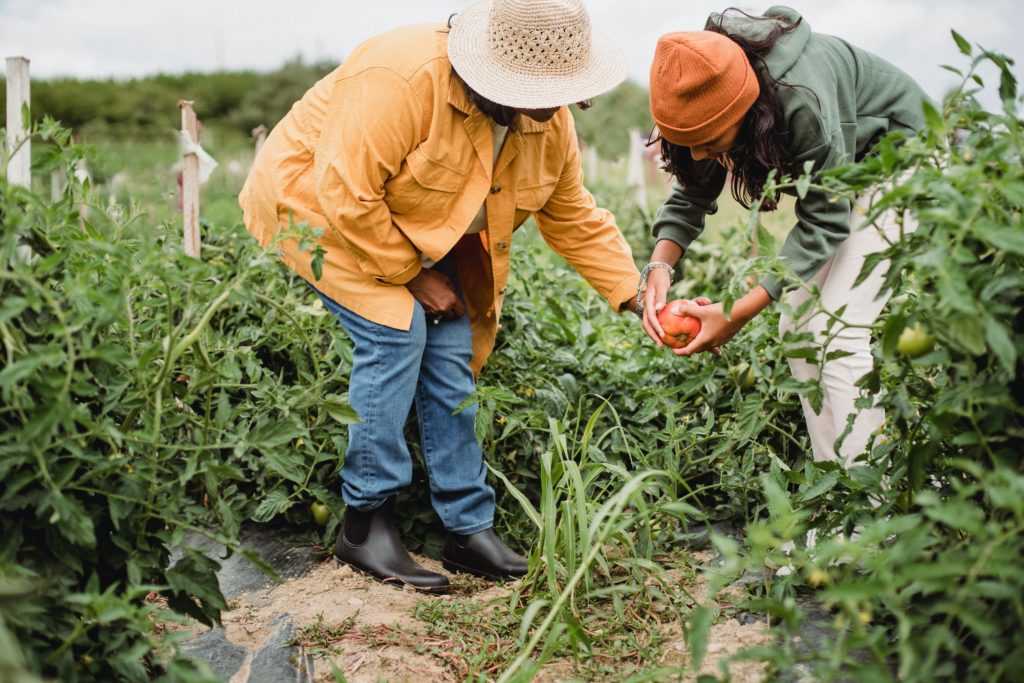Written by Angela Nagy
Sustainability can seem complicated, but it doesn’t have to be. One of the things I find frustrating, and which makes sustainability confusing and unapproachable for many businesses and destinations, is the regular changing of the goalposts or the language that describes what we’re ultimately trying to achieve.
Over the past decade or two, some have claimed that “sustainability is dead” and that we need to make way for “resiliency” instead. More recently, the term “regenerative” tourism has emerged. While both resilience and regeneration are incredibly important, they are both a means to achieving what has long been defined as sustainability.
The term sustainability first became mainstream in 1987, when the United Nations Brundtland Commission defined sustainable development as “meeting the needs of the present without compromising the ability of future generations to meet their own needs.”
That’s a pretty simple definition, and it packs a punch, as it is further broken down into three pillars; economic sustainability, socio-cultural sustainability, and environmental sustainability. Almost a decade later in 1995, the term “sustainable tourism” was born at the first World Conference on Sustainable Tourism, where it was defined as “tourism that takes full account of its current and future economic, social and environmental impacts, addressing the needs of visitors, the industry, the environment and host communities.”
Most recently, in 2016, the 17 United Nations Sustainable Development Goals (UN SDGs) officially came into force and further expanded upon what sustainability truly means, with the aim to mobilize global efforts to end all forms of poverty, fight inequalities and tackle climate change, while ensuring that no one is left behind.
So how do resiliency and regeneration fit into these definitions and goals? Resilience is about future proofing and the capacity to recover quickly from difficulties or the ability to spring back after challenges. Regenerative tourism is about leaving things in a better state than when we found them, about healing.
If we think about the economy and society as wholly owned subsidiaries of the environment, we simply can’t be sustainable without both of these things, and given the current state of our society, environment and economy, resiliency and regeneration are both essential ingredients to achieving sustainability. However, they needn’t be considered just one more aspirational or unattainable thing to add to your to-do list. Rather they should be considered and included as part of your sustainability strategy or impact plan.
Resiliency will be key when preparing for the impacts of climate change. Resilience focused actions should include things like risk-preparedness for fires, floods, droughts, food or supply shortages and the next COVID-19. It should be looking at how rising energy, waste and resource costs, and carbon taxes are going to impact operating and capital budgets, and how to get ahead of these increased costs to ensure margins can be maintained. It should consider changing corporate, employee and consumer preferences, and how you are going to meet the increasing demand for more responsible business.
Regenerative tourism looks at ways that you can leave things better than you found them, creating a net-positive impact, and often requires a place-based approach that considers the unique circumstances and opportunities in host-communities. It’s about creating conditions for employment where people can thrive and grow while escaping the cycle of poverty. It’s about building back soils and ecosystems to support climate change adaptation, carbon sequestration and biodiversity. It creates net positive or living buildings that produce more energy and harvest more water than they consume, and it’s definitely about healing and creating cross-cultural understanding and respect for indigenous peoples through truth and reconciliation.
All of these could be potential actions or goals in a sustainability strategy, and each are critical components of ensuring that we “meet the needs of the present without compromising the ability of future generations to meet their own needs.” They are essential to ensuring that tourism is done in a way that “takes full account of its current and future economic, social and environmental impacts, to address the needs of visitors, the industry, the environment and host communities.”
In 2015 at the World Summit on Sustainable Tourism, it was stated that “the question is no longer if sustainable tourism is a viable solution but rather, just how far can we take it to realize tourism’s full potential to bring benefits to local communities, support green growth and economies, foster innovation, safeguard cultural and natural heritage, and protect the environment.”
Perhaps it is time for another refresh and evolution of some of the terms and objectives of sustainable tourism by the UNWTO to ensure the need for regenerative tourism and resiliency are addressed, but at the end of the day they are a part of what sustainable tourism is all about. If you’re interested in measuring the sustainability performance of your tourism business or destination, take the Free Sustainability Score Assessment, and then go one step further by signing on to the Sustainable Tourism 2030 Pledge to improve your score between now and 2030.

